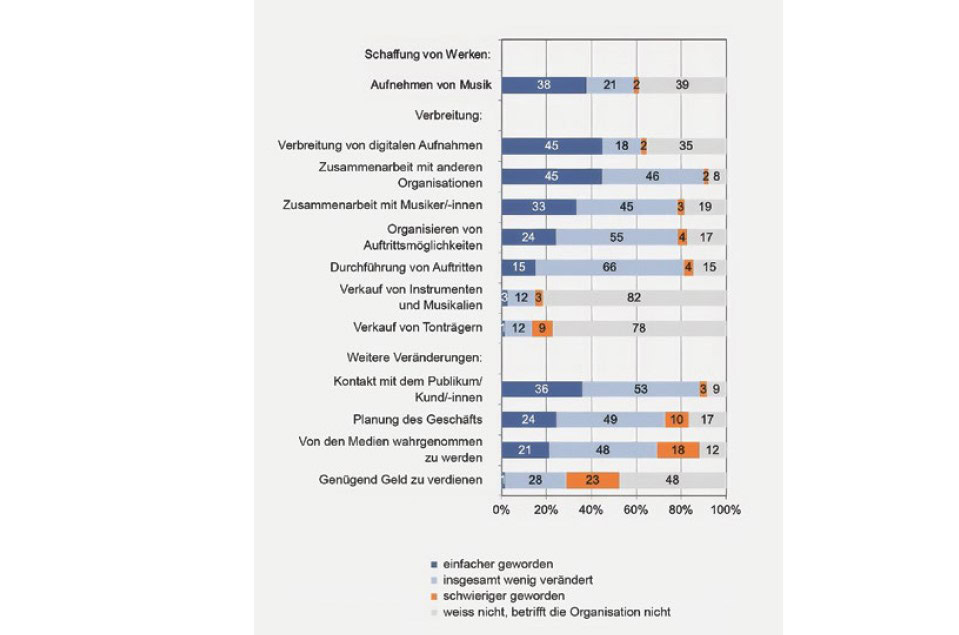No pain, no gain?Musician-specific clinical pictures
Thanks to specific examinations in specialist musician's medical consultations, musicians can now receive targeted treatment.

Today, health complaints can be assessed in interdisciplinary medical consultations or in the practices of the specialists involved. Their disorders and illnesses can thus be treated in a targeted manner. The latter can essentially be divided into musician-specific clinical pictures and generally common clinical pictures with particular significance for musicians.
Medical conditions are specific to musicians if the symptoms are directly related to making music. It is not uncommon for similar problems to be observed in members of other professions when similar ergonomic challenges and psychological circumstances are present.
The specialists strive for the most precise diagnosis possible. To this end, they propose the usual diagnostic and diagnostic-technical clarifications in their specialist field. Their expertise in music medicine allows them to analyze the predisposing and triggering factors and to develop a therapeutic concept. Unfortunately, symptoms are too often suppressed or concealed by those affected - sometimes for understandable reasons - or they are treated without diagnosis, sometimes with unsuitable means.
The intensity and timing of music-making often need to be adjusted. Ergonomic adjustments to the instrument are possible to a certain extent. There seem to be clear limits to workplace adaptations. There is hardly any other workplace in a production company where people work in such a confined space as in an orchestra. In no library do two readers share a book in the same way as two musicians share a music stand at an awkward distance. At least in the classical music business, there is a dress code, and no musician performs at his peak as lightly clothed as a long-distance runner, however much he may sweat.
A family doctor refers a 19-year-old flautist for pain in the flexor side of his right wrist and the extensor muscles of his right forearm. He plays the piano for 30 minutes and the flute for 3 to 4 hours a day - with one break. He has been experiencing the pain for three years. It mainly occurs on his second instrument, the piano. The pain, now also in his neck, had been alleviated two years previously with the help of craniosacral therapy. After the history has been taken, the flautist is physically examined and his playing of the flute is recorded with a video camera.
In a second session, the musician presents at the interdisciplinary musician's medical consultation. Muscular insufficiency in the area of the thoracic spine and an overuse syndrome of the right forearm muscles were diagnosed. A dynamic ultrasound examination rules out dynamic carpal tunnel syndrome - a position-dependent compression of the median nerve by muscles. The flautist receives recommendations regarding playing posture on the flute and for special coaching by a specialized therapist or teacher, as well as advice on the importance of planning breaks and the preventive effect of body-centered techniques. A musician's doctor prescribes active muscle-building physiotherapy to treat muscular insufficiency in the back and forearm muscles.
Muscular overload (overuse)
Tendon problems
Chronic myofascial pain
Nerve compression
Hypersensitivity of the fingertips
Focal dystonia
Skin irritations and allergies
Jaw joint and dental problems
Glaucoma
Inner ear dysfunction
Vocal cord disorders








